Have you ever considered that only three components drive your behavior? It may seem too simple to be true, but the Fogg Behavior Model uses a formula, B=MAP, to explain people’s behavior. There are three elements related to each other, and by following its principles, we can understand why a specific behavior is performed and why not.
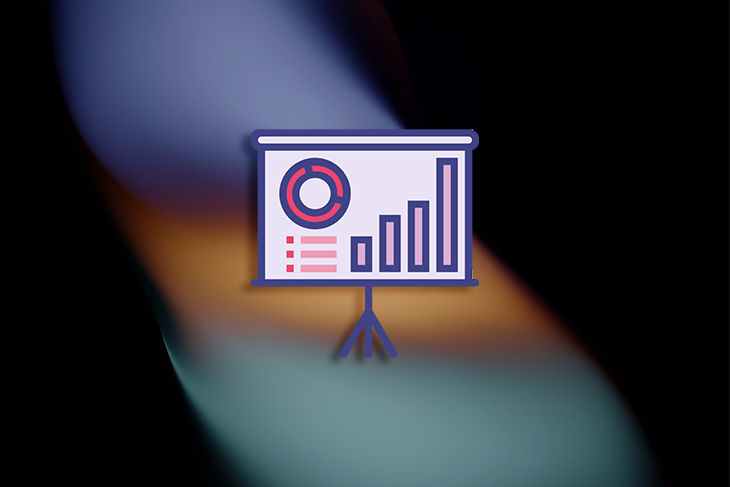
In this article, I’ll review the Fogg Behavior Model formula and its components and showcase how to apply the Fogg Behavior Model in product design.
The Fogg Behavior Model is B=MAP, which is useful for understanding what drives the behavior. The formula comprises Motivation, Ability, and Prompt. Motivation refers to a desire to perform the behavior, Ability refers to the capability to do so, and Prompt refers to the cue to engage in the behavior.
When we notice a desired behavior is performed, it means these three elements converge. Meanwhile, if any of the three elements are insufficient, there is a chance that the desired behavior won’t be performed:
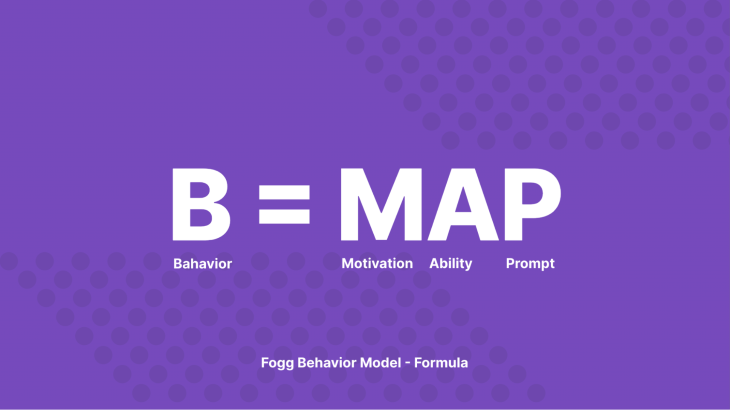
Below is an image to help you better understand the Fogg Behavior Model. The green curved Action Line represents the relationship between the three elements:
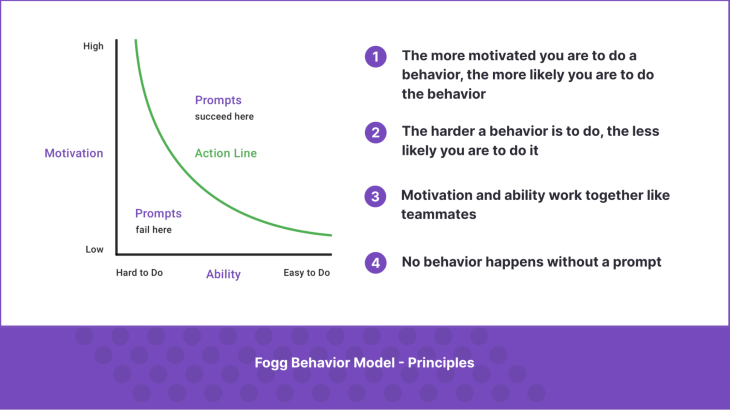
Principle 1. The more motivated you are to do a behavior, the more likely you are to do the behavior
Let’s talk about motivation first. Motivation plays an important role in performing behavior. When someone has high motivation, he/she will be more likely to take action, or he/she will accomplish hard-to-do tasks. Otherwise, he/she will tend to perform easy-to-do tasks.
This means when designing a product or experience, it is essential to consider motivation. What is the target users’ motivation, and how do we leverage the motivation to a specific behavior? These are things we need to take care of.
Principle 2. The harder a behavior is to do, the less likely you are to do it
Think about the example. Imagine you’re using an app, and there is a popup asking you to rate the app with stars. You may have a quick tap and feel it is an easy-to-do task.
On the other hand, if a popup asks you to leave a 500-word comment, it will lead you to another webpage. You may close the popup instead of following what it asks for. Why? Because this behavior will interrupt what you were doing and requires greater effort. This is an example for you to be aware of the importance of designing an easy task.
Principle 3. Motivation and ability work together like teammates
Motivation and ability often work together to drive the desired behavior. Looking at the above image, we realize people need higher motivation, ability, or both to perform the behavior. If one is below the green curved Action Line, the other must be above the Action Line to compensate. For product designers, it is essential to consider the relationship between motivation and ability when designing a product or experience.
Principle 4. No behavior happens without a prompt
Do you remember the formula? B = MAP. A prompt is vital for any given behavior, regardless of motivation or ability; no prompt, no behavior. As you can imagine, motivation and ability are continuous variables, which means there is always some degree of motivation and ability. However, the prompt is like lightning. If the target user fails to notice the prompt, there is no way he/she will perform the desired behavior.
Now you understand the formula of the Fogg Behavior Model and the principles behind it. You are getting to understand why Motivation and Ability matter and why Prompt is essential. In the next section, I’ll introduce more details about Motivation, Ability, and Prompts.
Motivation is the desire that leads someone to behave in a particular way at a specific time and place. In the field of Psychology, explaining all human motivation is challenging. In the Fogg Behavior Model, Fogg has defined three sources of motivation as PAC: Person; An external benefit or punishment for doing the action; and Context. In this article, we’ll focus on PAC to explain.
Motivation could be anywhere. But motivation could be arousal above the Action Line or below. Designers can increase motivation by designing incentives for engaging in a behavior and providing rewards for achieving a desired goal. Designers can also utilize Maslow’s Hierarchy of Needs:
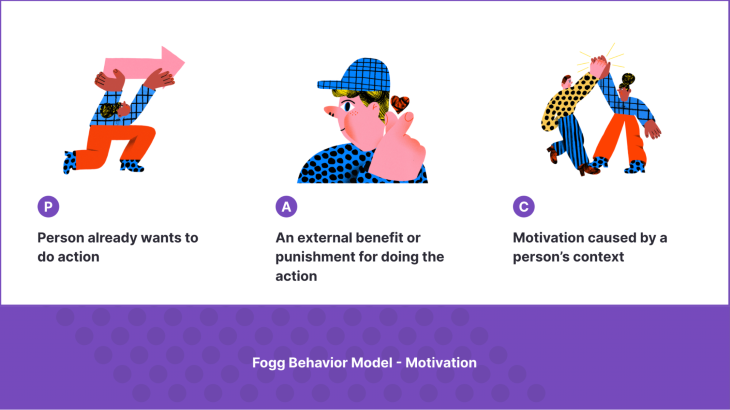
To encourage someone to perform a desired behavior, it is important to assess whether he/she has the ability to do so. It is common for designers to overestimate a person’s ability. There are three ways to increase a person’s ability and make the target behavior easier to perform:
Enhancing skills through training can be challenging as most people are resistant to learning new skills. Providing tools or resources can make the behavior easier, such as a manual for setup. Last but not least, this is the approach that Fogg advocated in the book Tiny Habits to simplify the target behavior to make it easier to perform.
Fogg has also studied the five factors that affect a person’s ability to perform a behavior and how the weakest link determines how hard it is to do. Instead of asking “What is making this behavior hard to do?,” we can ask the following questions:
By asking a sequence of questions, we can pinpoint what cost the most trouble when performing the target behavior:
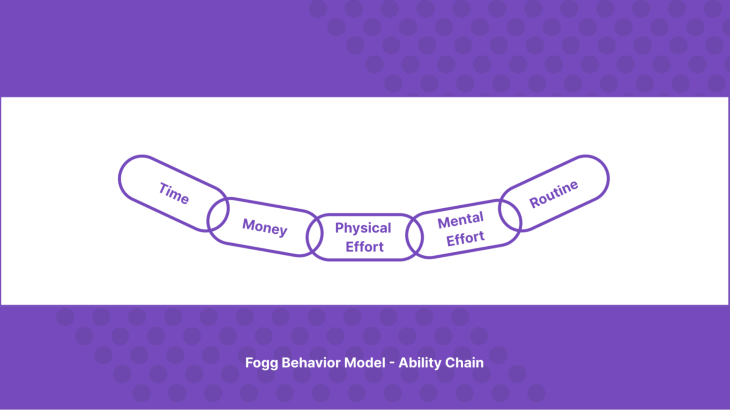
Prompts are essential in encouraging people to take immediate action. Without a prompt, the desired behavior may never occur. Prompts can be external, like an app notification, or internal, like a cue from daily routine or environment. Prompts were called “Triggers”; in late 2017, Fogg changed the term to “Prompts.”
The Fogg Behavior Model identifies three types of Prompts: Facilitator, Signals, and Spark. Facilitator is for situations where users have high motivation but low ability; signal is for situations where users have high ability and high motivation; spark is for situations where users have high ability but low motivation. To influence behavior effectively, designers should use the corresponding Prompt type that matches their target user’s context, which combines Motivation and Ability.
Prompts can also create a chain of desired behaviors. An effective prompt for a small behavior can lead people to perform more challenging behaviors. Designers should map out the user flow they want to happen. Then, they should figure out how to get people to take the first step in the chain. If people don’t naturally take the next step in the chain, designers should figure out how to make that step happen. Step by step, designers should continue the process until the chain works.
I would like to share a great example of a company called BeReal that validates the Fogg Behavior Model in product design. BeReal is an easy-to-use photo-sharing app allowing users to share one real-life photo daily with their friends. It is prevalent among Gen Z users because it provides a sense of comfort and is a trendy app.
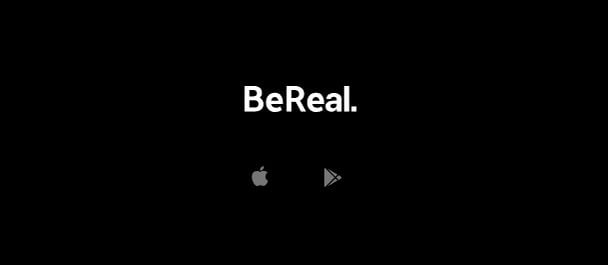
The app is designed to encourage users to “show their friends who they really are, for once,” by removing filters and opportunities to stage or edit photos. Users receive a prompt to share their photo only once a day and have a limited time window to take it. As a result, BeReal won the Apple Store Awards and was selected as the 2022 iPhone App of the Year.
As product designers, we often aim to engage in a particular behavior or to expect others to do so, for example, sharing a glimpse into what your friends are doing, seeing, and experiencing. Below is how BeReal does:
For the designers who need to address a behavioral problem for a product design, start by examining the prompts. Is the user being prompted to engage in the behavior? If not, find a suitable prompt and that may solve the issue. If that does not resolve the problem, move on to step 2 and analyze if the individual has the ability to engage in the behavior. If your target users are unable to perform the desired behavior, you may learn that it is an ability problem, not a motivation problem.
If the user has the prompt and the ability, and it is a motivation issue, then you can attempt to find ways to motivate them. However, remember that focusing on motivation should always be the last step in the troubleshooting process.
Most people assume that motivation is the key to engaging in a behavior, but assess the other two factors first. This troubleshooting process can save you a lot of time, and this is how the Fogg Behavior Model can help you on product design.
When designing for a new product or an experience, we, the designers, should keep in mind ethical considerations and user empowerment. From my personal experience and conversations with other designers, we were vulnerable and unable to say no to prioritizing the company benefits. Sometimes, it could be a dilemma. However, product designers should aim to create a better user experience and bridge the gap between real user needs and business needs.
In this interview transcription with B.J. Fogg about designing for behavior change, Fogg talked about the moral issues regarding persuasive technologies. He also mentioned the importance of avoiding dark patterns and deceptive techniques. In the end of the interview, he emphasized two maxims for designers when designing for the behavior-changing products: help people do what they already want to do and help people feel successful.
The Fogg Behavior Model can help product designers to design for change. However, there could be potential challenges and limitations. First of all, cultural context differences can impact behavior performance. Some behavior could be encouraged in some cultural contexts, and others could be discriminated against in others. Therefore, the product designer must dive deep into the cultural context and tailor the design accordingly.
The second challenge is that users’ motivation can fluctuate over time. To address this, product designers should keep monitoring user behavior over time. Both quantitative and qualitative user research should be conducted to ensure that the product design caters to the users’ current needs and what motivates them the most. The designers should then continue to support users through their design. There could be more challenges and limitations to come, but always be the advocate for the users.
Remember: the Fogg Behavior Model is for helping users do what they already want to do and help them be successful. UX professionals need to avoid dark patterns, unclear directions, or other disruptors to the Fogg formula to keep trust with users.
WIth the Fogg Behavior Model, you’ll be able to unravel some of your hardest UX issues. It seems simple, but referring back to this foundational UX principle can help you time and again.
LogRocket's Galileo AI watches sessions and understands user feedback for you, automating the most time-intensive parts of your job and giving you more time to focus on great design.
See how design choices, interactions, and issues affect your users — get a demo of LogRocket today.

Small actions can have large consequences in complex systems. Here’s how UX designers can manage dependencies so users feel informed and in control rather than blocked or blindsided.

This article examines when hero sections are necessary in digital products, when they create friction, and how to evaluate them using UX goals, primary actions, user flow impact, and real-world alternatives.

AI speeds up tasks like research synthesis, ideation, and first-draft wireframes, but it can’t replace clarity, taste, or decision-making. Here’s a grounded look at what AI actually does well in UX right now.

Discover how to craft UX-friendly hero sections with examples, design tips, and strategies that drive engagement and conversion.